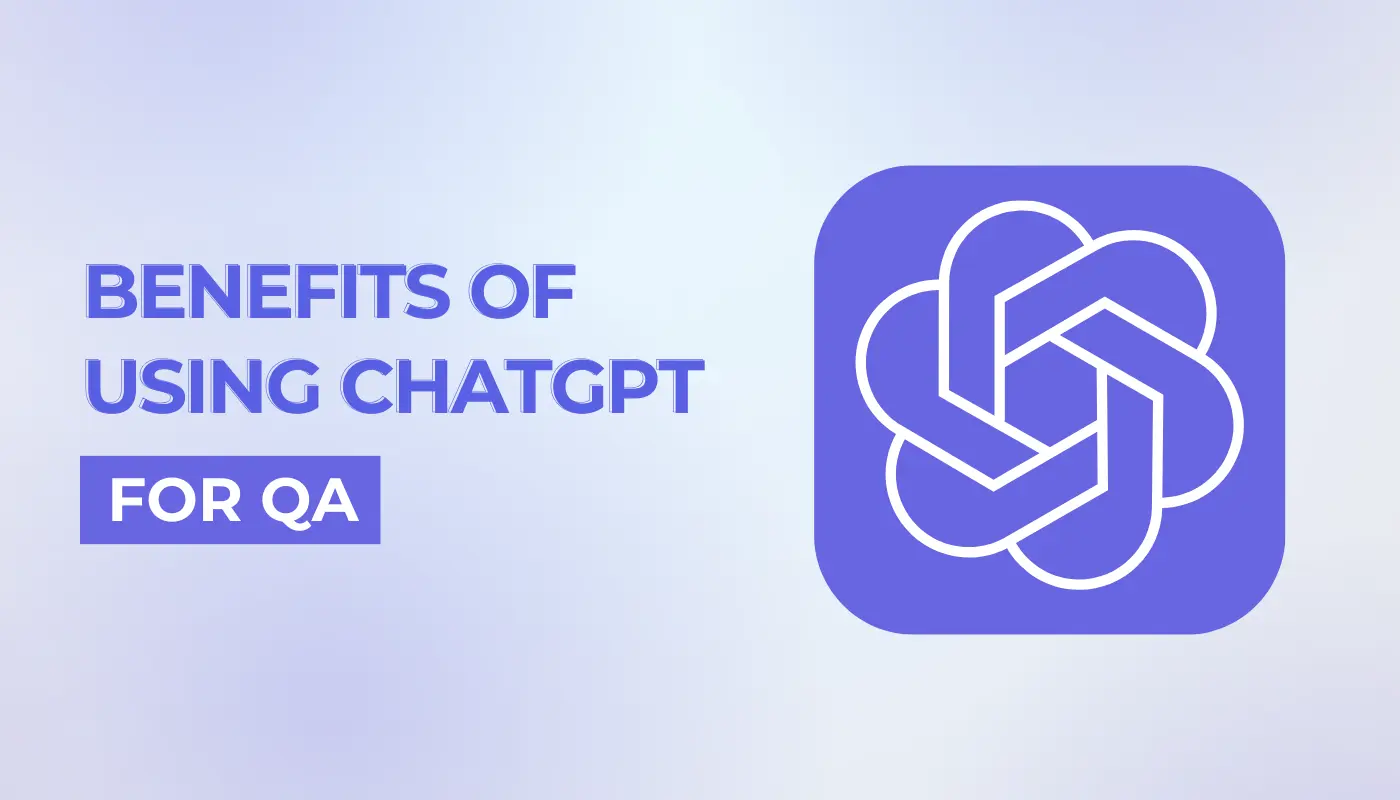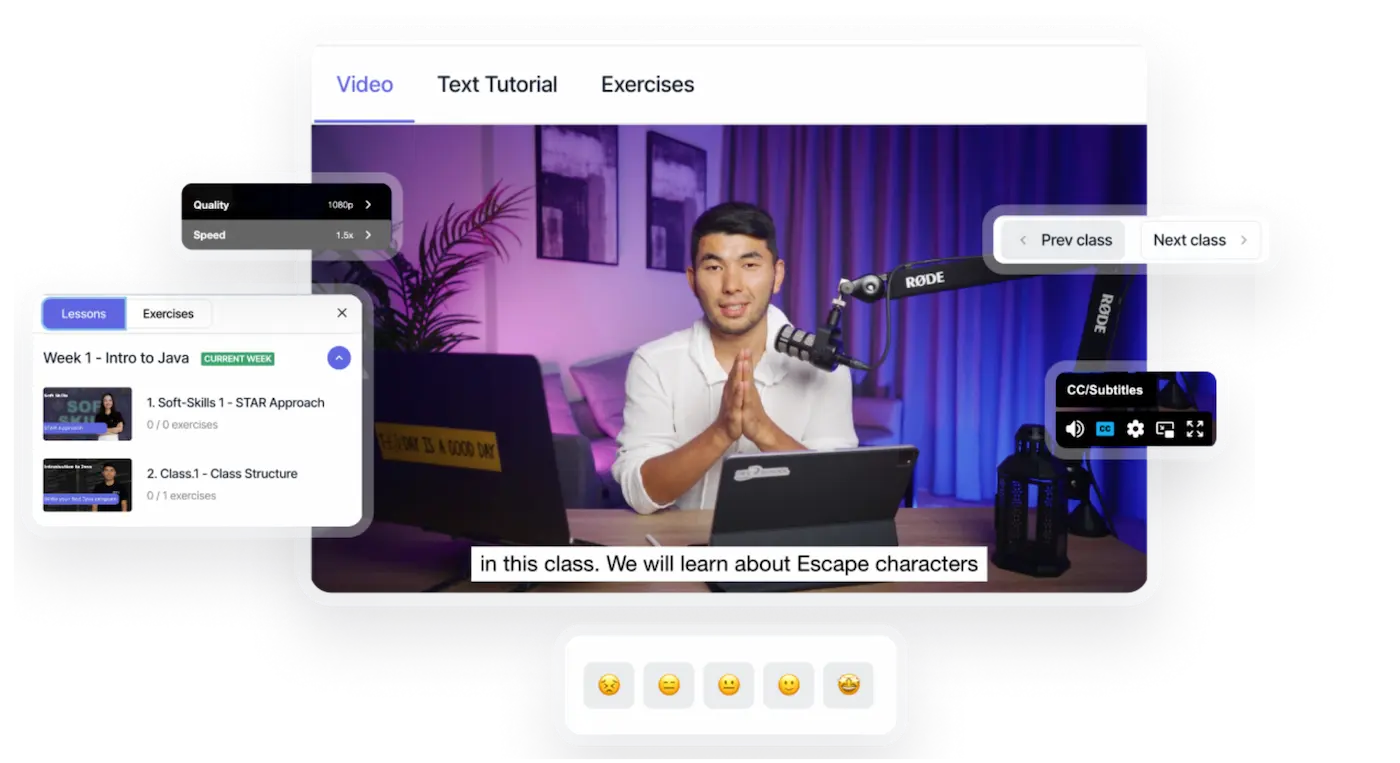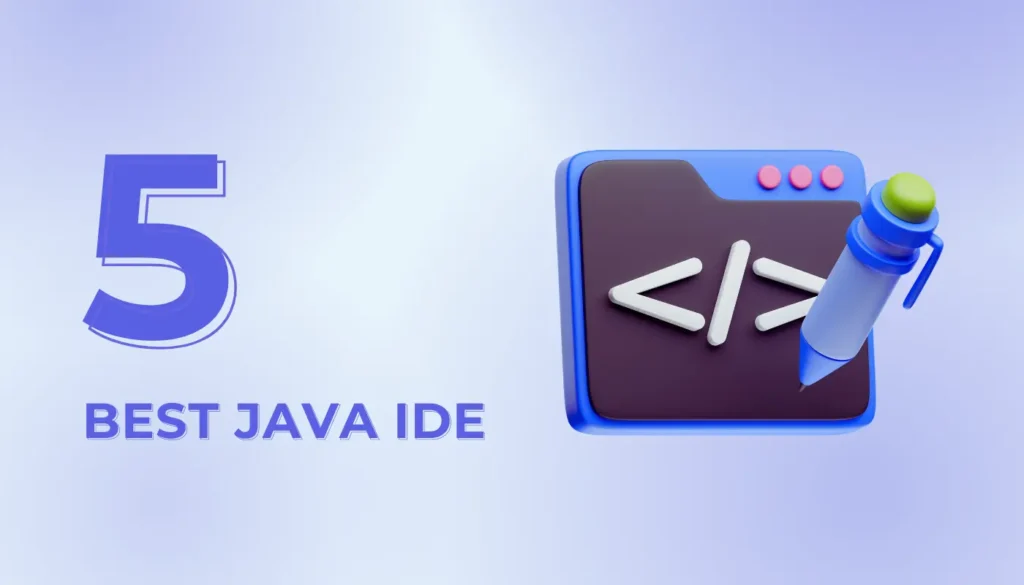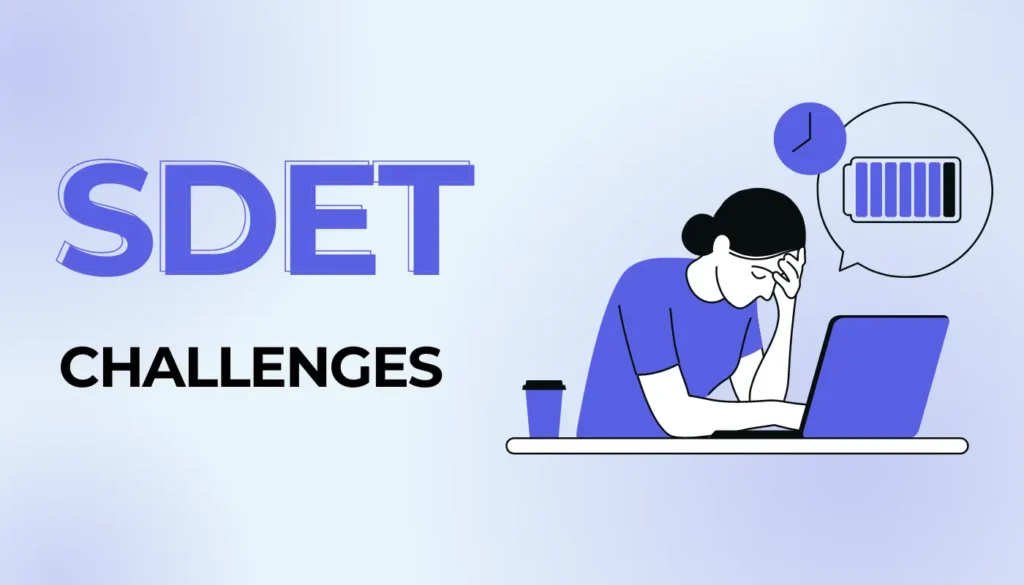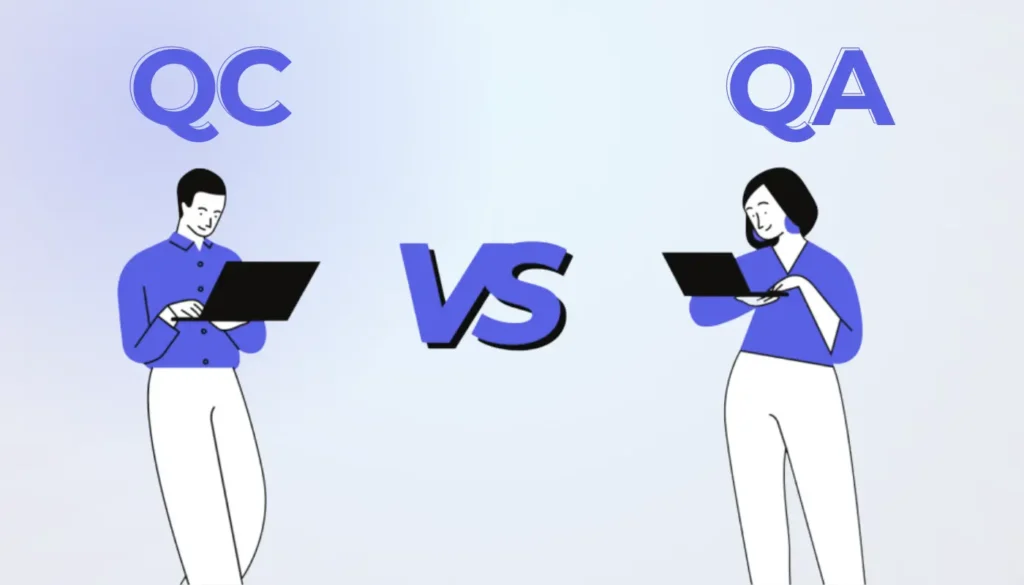Quality assurance helps software engineers ensure that the developed applications meet requirements and function reliably. Since QA requires attention to every detail, it can be tedious and time-consuming. But thankfully, ChatGPT makes QA ultra-fast and hassle-free.
ChatGPT automates a variety of tasks, including test case creation, test plan documentation, and bug reporting. It effectively reviews and analyzes the snippets of your code, highlighting potential errors and providing suggestions for improvement. All while saving you the time and money required to ensure the quality of both simple and complex codes.
Let’s have an insightful discussion on what are the benefits of using ChatGPT for QA engineer.
Quick Test Case Creation and Coverage
The advanced code testing capabilities of ChatGPT allow it to adapt to the testing needs of different phases in the development cycle. All while providing real-time support
No several hours of effort are required for planning and creation. Simply provide specific scenarios to the ChatGPT and let it have it covered.
Let’s consider some test case types that you may create with the help of chatGPT.
In unit testing, you can instruct ChatGPT to create test cases for specific functions or methods within the codebase. It will generate input values and expected outcomes, ensuring comprehensive coverage for different code paths.
You may also use it to create test cases for integration testing. Prompt it to devise scenarios where multiple components interact. It will create test cases to simulate the integration of different modules, checking for seamless communication and data flow between them.
If system testing is required, you can ask ChatGPT to generate end-to-end test cases, simulating the entire system’s behaviour. This might include scenarios related to user interactions, data processing, and overall system functionality.
Even if you need to execute acceptance testing, they can ask chatGPT to shift the focus to user acceptance criteria. Instruct ChatGPT to create test cases based on specific user stories, ensuring that the software meets the intended user requirements.
Here’s a prompt sample: “Create test cases for a banking application’s fund transfer feature.” Enter this in chatGPT and it will respond with scenarios covering valid and invalid inputs, account balances, error handling, and other relevant conditions.
Now if you are not in the mood for manual execution of test cases, then keep reading to know how ChatGPT helps with automated testing.
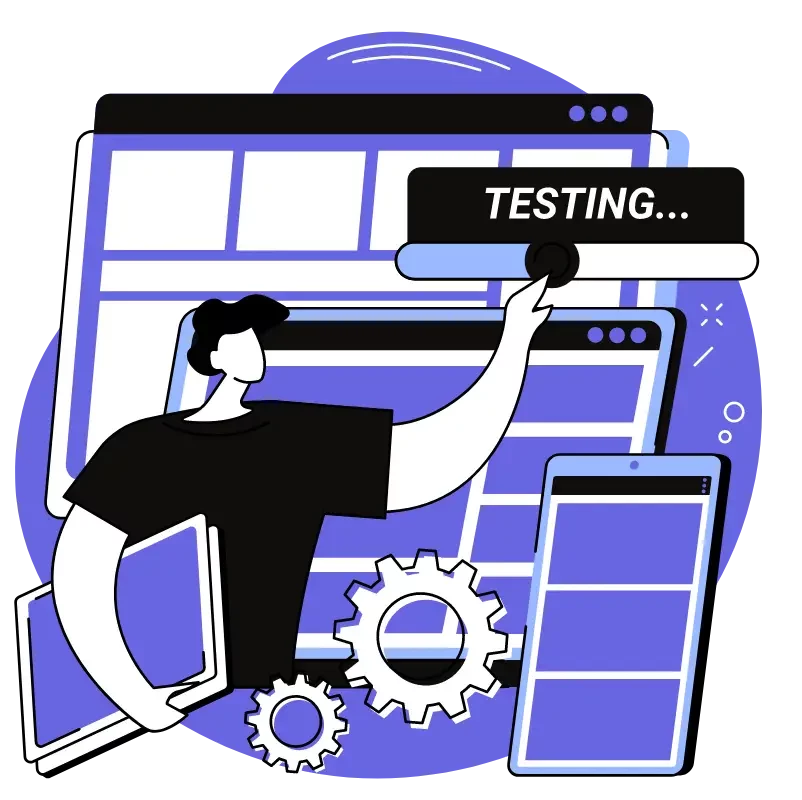
Automated and Faster Code Testing
Indeed, manual code testing allows for a thorough exploration of software functionality. However, it can be time-consuming. may
Now let’s consider an example.
For instance, you have created extensive test cases for a banking application, covering functionalities like fund transfer, account balance validation, and error handling. If you leverage ChatGPT, these test cases can be executed within seconds. Simply instruct ChatGPT to automate the simulation of fund transfers with varying inputs, ensuring the accurate validation of account balances and proper handling of error scenarios.
This not only accelerates the testing phase but also allows QA specialists to focus on higher-level testing strategies and analysis. All this ultimately, contributes to a more streamlined and effective software testing lifecycle.
Quick Tip: Check WEDEVX SDET Bootcamp details if you’re looking forward to advancing your coding career.
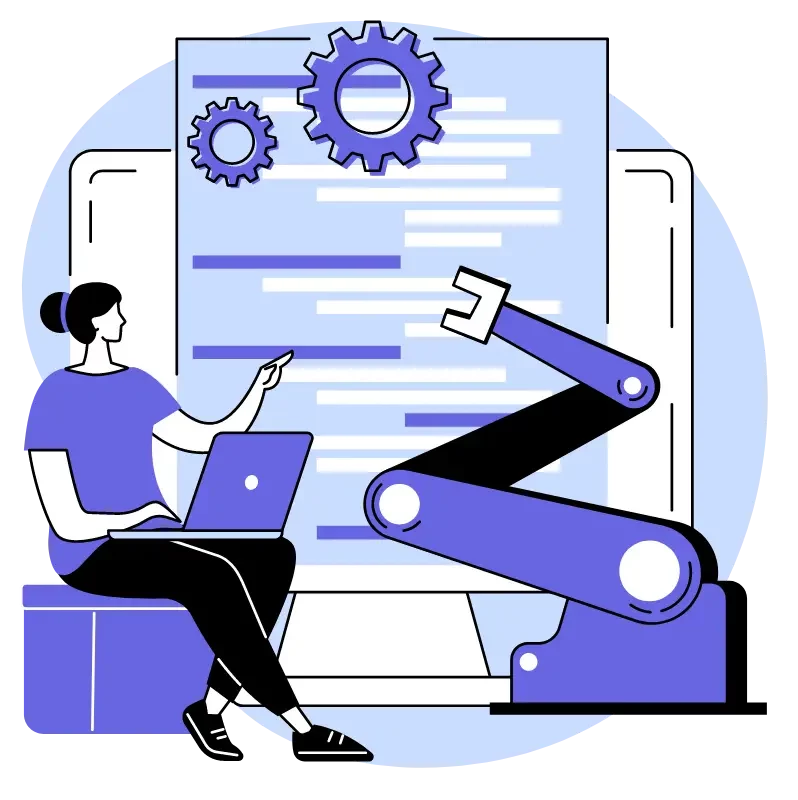
Don't know where to start your tech career?
We are here for you! Schedule a free call with our consultant for personalized advice on achieving your learning goals
Patterns and Anomalies Identification
This is a critical aspect of software testing, requiring a keen eye for detail and a systematic approach. While manual analysis allows QA engineer specialists to thoroughly review data for irregularities, this process can be time-intensive. This is where leveraging ChatGPT proves invaluable.
QA specialists can utilize chatGPT to automate the identification of patterns and anomalies in the developed software. For instance, in a database testing scenario, ChatGPT can be instructed to analyze data patterns, flag inconsistencies, and identify outliers. All while streamlining the detection of potential issues.
Just as ChatGPT expedites issue identification, it also empowers QA specialists to focus on implementing targeted corrective measures.
Improved Predictive Analysis and Suggestions
Unfortunately, traditional manual testing can miss nuanced patterns or potential improvements due to its limited scope. This is why ChatGPT is proven to be transformative for QA specialists.
QA specialists can use chatGPT’s powerful capabilities to predict “potential issues” based on historical data. All while providing insightful guidance to fix the code.
For instance, ChatGPT can analyze past performance metrics, predict potential bottlenecks, and offer proactive suggestions for hassle-free improvement. This predictive analysis aids in preemptive issue resolution, along with allowing QA specialists to proactively enhance software performance.
Now, let’s consider a simple code example written in Python that performs a division operation. The code looks like this:
def divide_numbers(a, b):
result = a / b
return result
# Example Usage
result = divide_numbers(10, 2)
print(result)
Keep reading to grab the details of the potential coding errors and the ways chatGPT helps to fix them during the testing phase.
Issue #1: Division by Zero
result = divide_numbers(10, 0)
ChatGPT smartly recognizes the potential issue of division by zero. It also suggests incorporating a check to handle this scenario. For instance:
def divide_numbers(a, b):
if b == 0:
print("Error: Division by zero.")
return None
result = a / b
return result
# Example Usage
result = divide_numbers(10, 0)
if result is not None:
print(result)
Issue #2: Lack of Input Validation
result = divide_numbers("abc", 2)
def divide_numbers(a, b):
if not (isinstance(a, (int, float)) and isinstance(b, (int, float))):
print("Error: Invalid input. Please provide numeric values.")
return None
if b == 0:
print("Error: Division by zero.")
return None
result = a / b
return result
# Example Usage
result = divide_numbers("abc", 2)
if result is not None:
print(result)
Issue #3: Lack of Documentation
def divide_numbers(a, b):
result = a / b
return result
def divide_numbers(a, b):
"""
Divide two numbers.
Parameters:
- a (numeric): The numerator.
- b (numeric): The denominator.
Returns:
- numeric: The result of the division.
"""
if not (isinstance(a, (int, float)) and isinstance(b, (int, float))):
print("Error: Invalid input. Please provide numeric values.")
return None
if b == 0:
print("Error: Division by zero.")
return None
result = a / b
return result
# Example Usage
result = divide_numbers(10, 2)
print(result)
Final Words
QA Specialists must leverage ChatGPT as a “supportive tool”, as it automates and enhances the quality assurance processes. It effectively offers an efficient approach to software testing while ensuring a highly robust end product.
However, remember that ChatGPT also comes with certain limitations. It may generate incomplete or irrelevant test cases, along with failing to comprehend the provided code.
If you’re mindful and know how to work smartly, then ChatGPT can significantly automate repetitive testing tasks and streamline quality assurance.
